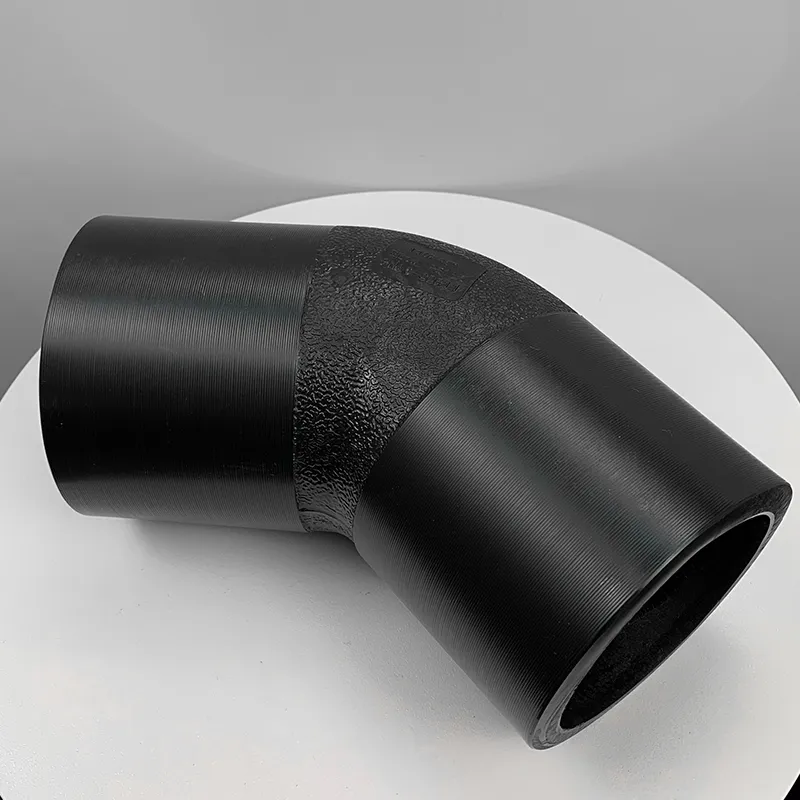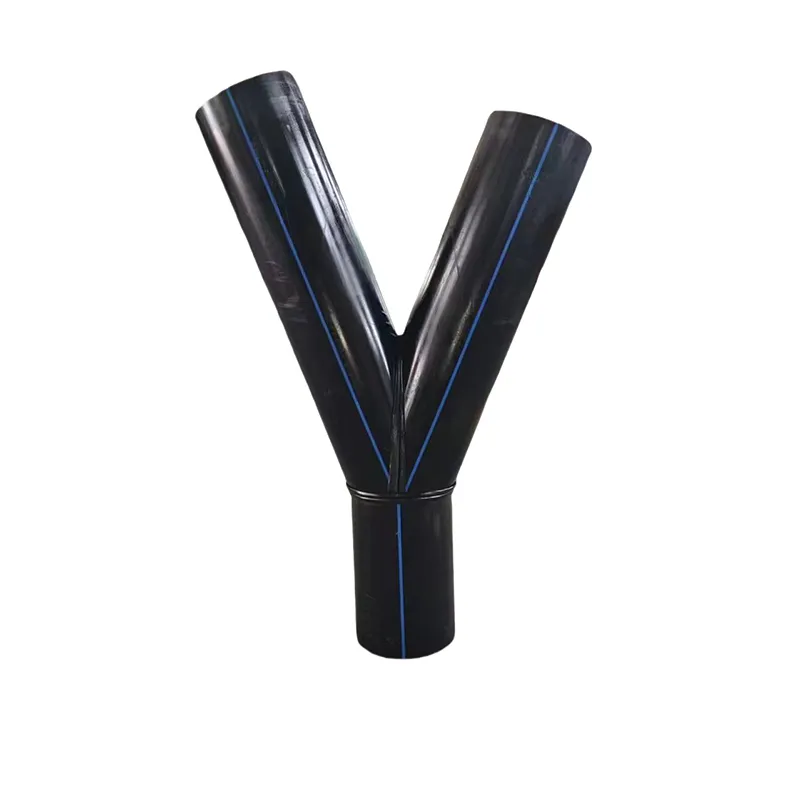How to Use Elbow Connectors
When fitting one pipe to another, the elbow is inserted into the first fitting and then into the second fitting. Then, you screw the first fitting on tight and unscrew the second fitting just enough for the first fitting to be snugged down. There are tools that are specifically designed for tightening elbows. However, these tools are not necessary for most applications, as you can use a wrench to tighten the fittings and a wrench to unscrew the fittings. If a fitting is too tight, you can use a wrench to loosen it. There are many different uses and applications for elbow connectors. One of the most common and common uses for this fitting is in piping systems. If you have a system that needs to run in multiple directions but need it to flow in only one direction, you can use an elbow fitting to allow the flow in only one direction. Many factories, warehouses, and food processing plants use elbow connectors in their piping systems.

Benefits of Using Elbow Connections
- Versatility: Elbows are used to connect many different types of piping. They are also used to connect one piping system to another. - Simplicity: The benefits of using an elbow are simple. They are flexible, allowing them to be easily configured. - Ease of use: While not as flexible as an SAE 90 elbow, an SAE 45 elbow is still easy to use and configure. - Cost-effective: The cost of piping components is reduced. Silicone and Viton rubber hoses, for example, use an SAE 45 elbow.
How to Select the Right Size of Elbow Connector
Once you’ve determined the type of pipe that will be connected, you’ll want to know the size of the fitting that will connect the pipes. The pipe that is used as the second pipe in the connection is known as the female pipe. This is the pipe that the fitting goes into and is called the male pipe. There are many factors that determine the size of the fitting that will be used to connect the pipes. These factors include the type of pipe, the diameter of the pipes, the length of the pipes, and the temperature of the pipes. When selecting the right size of the elbow, these factors should be taken into account. To ensure the connection is made correctly, the elbow should be slightly larger than the piping. The length of the piping should be taken into account as well. The elbow should be slightly shorter than the piping. If the piping is too long, the elbow will be slightly shorter than the piping. If the piping is too short, the elbow will be slightly longer than the piping.

Final Words - Tips for Working with Elbows
A fitting that is used in many applications is the 45° elbow. It is found in a variety of applications, including piping systems and agriculture. In addition, this fitting is used most commonly in three types of applications: the food industry, the chemical industry, and the energy industry. When you’re connecting piping that has a low temperature rating, you’ll want to use a 55° elbow. If you’re connecting pipes that have a high temperature rating, you’ll want to use a 90° elbow. For best results and accuracy, it’s important to use the right fittings and dimensions when working with piping systems.












659.webp)
210.webp)


